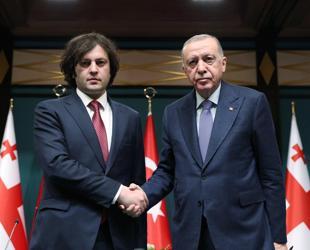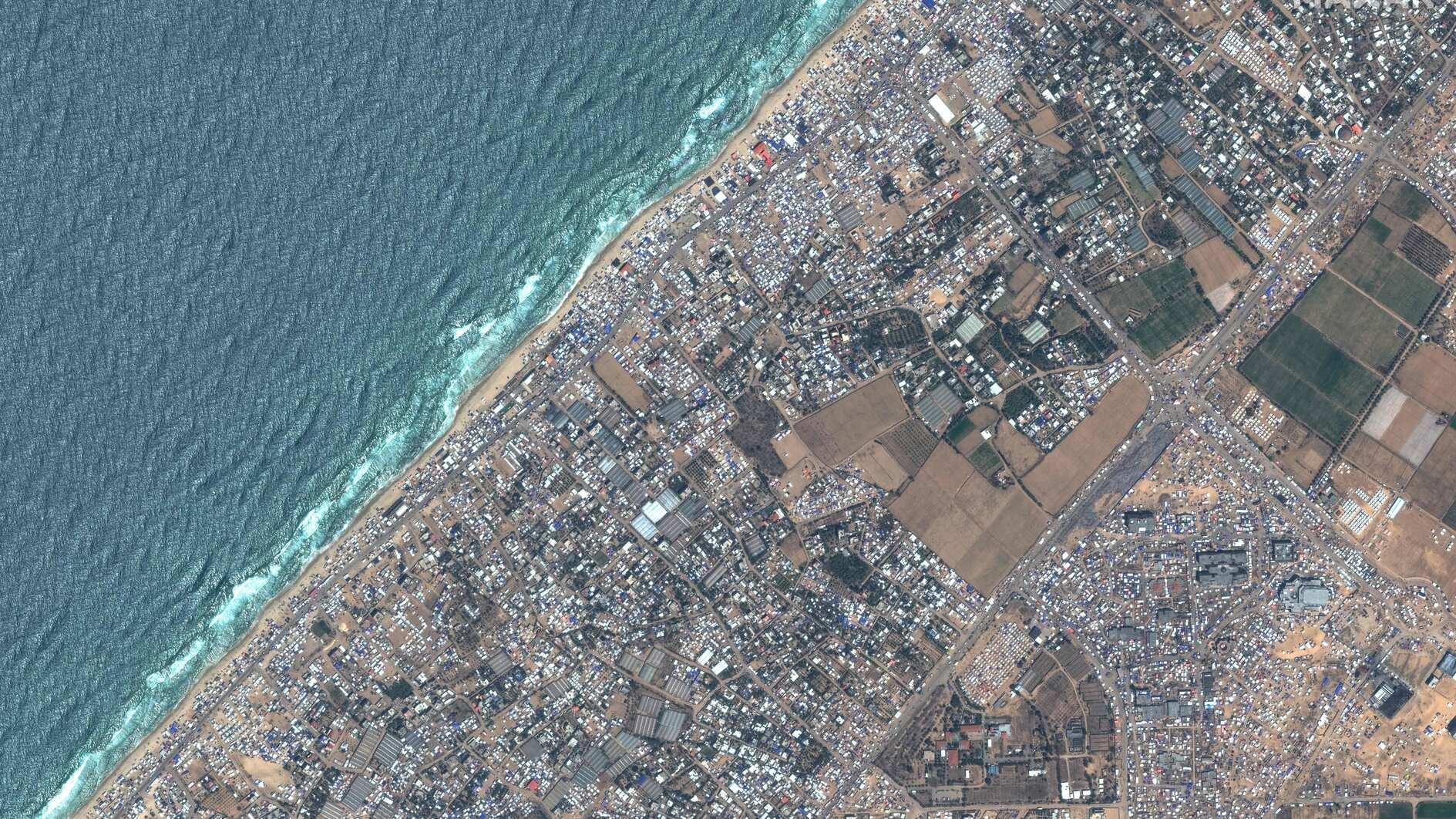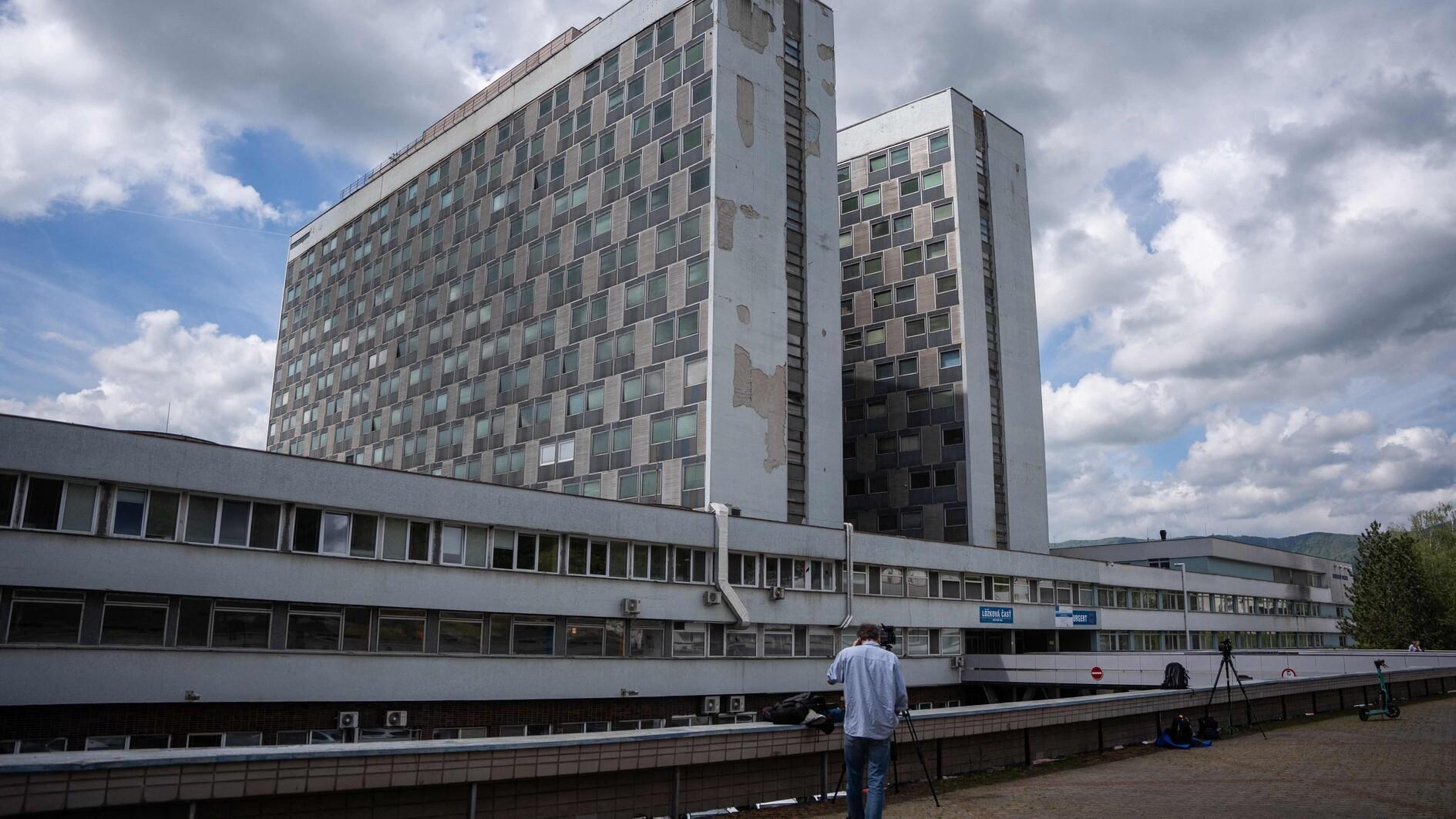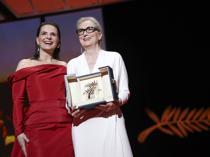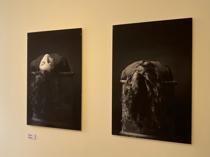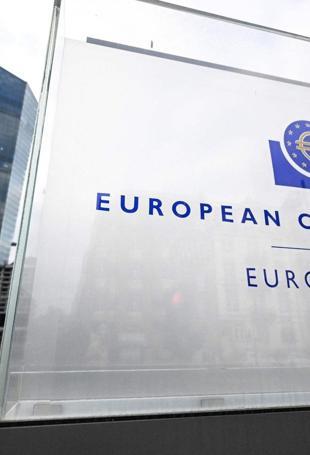Filiz Çağman, famous Turkish historian, dies at 81
ISTANBUL

Turkish historian Filiz Çağman, one of the world’s leading experts on manuscripts and miniature art, died on Jan. 11 at the age of 81.
Retired in 2005, Çağman worked for 41 years at Istanbul’s Topkapı Palace, one of the most famous landmarks of Istanbul that once housed Ottoman sultans while the city was the capital of the empire.
She was the first female director of the palace and was one of the people who contributed greatly toward the repair and reconstruction of the site.
Born in 1940 in the northwestern province of Edirne, Çağman graduated from the Istanbul University’s Faculty of Letters Institute of Aesthetics and Art History in Turkish and Islamic discipline in 1964.
Between 1964 and 1997, Çağman worked as a manuscript, miniature and calligraphy specialist at the Topkapı Palace Manuscripts Library. She brought to light the rare works in the collection and opened it to national and international researchers.
In 1971, she received the title of doctor from the Istanbul University with her thesis titled “Topkapı Palace Museum Library Treasury No. 762 Miniatures of Nizami Hamse.”
She organized many national and well-attended Art History Research Communication Seminars at the Topkapı Palace Museum for more than 10 years.
Together with her colleagues, Nurhan Atasoy and Zeren Tanındı, Çağman produced works on miniature and bookbinding. Apart from the miniature manuscripts, which was her main field of expertise, she also worked on the Ehl-i Hiref organization of the palace.
Çağman was appointed as the museum director of Topkapı Palace in 1997, during which she worked on collections in other parts of Topkapı Palace as well for many years and revealed unknown details about various works. She retired from her post in 2005.
After her house was damaged in the 1999 Marmara earthquake, she moved to the palace and settled herself in a room.
“After the earthquake, I decided not to go home again because my home was on the Anatolian side. I thought I would never be able to come here if the expected big Istanbul earthquake occurred. A phobia occurred,” Çağman had said in an interview she gave to daily Milliyet.
In 2001, she was awarded a gold medal by the Spanish (Catalan) “Anticuarios Reales Atarazanos” Foundation. In 2002, she won the Vehbi Koç Award in the field of “Historical and Cultural Heritage” to Topkapı Palace Museum.
After she retired from the Topkapı Palace, she started working as a consultant for Istanbul’s Sakıp Sabancı Museum. With Nazan Ölçer and David Roxburgh, she co-curated the exhibition titled “Turks: A Journey of a Thousand Years 600-1600,” which opened at the Royal Academy of Arts in London in January 2005 and attracted great attention.
Çağman spent the last years of her life in Edirne, where she was born.
She was buried yesterday after the funeral held in the city.

